
Visual Art |
Up |
Prev |
Next |
"Cyan", the hue, is exactly halfway between Green and Blue. It is one of the Subtractive Primaries and is the "C" in the printers' "CMYK" system. It is formed in the brain by equal stimulation of both the blue and green sensors in the eye and is extremely bright for a saturated colour! Second only to Yellow in fact.
This spectacular and beautiful hue is relatively rare in the natural world, mainly evident in the feathers and eggs of a few birds and the foliage of a few trees. It can also be seen in the sea when it is extra green. No wonder people declined to name this hue until recently as it was so uncommon.
The lack of good bright green pigments and dyes has been a great limitation until recent times and Cyan has been a victim of this. However, since the advent of Pthalo Green, Pthalo Blue and Arylide Yellow, Greens of every hue and shade are now possible including Cyan! The world has been a little slow in adopting these colours into its everyday objects but the hue of Cyan, so rare in the natural world is finally becoming accepted and even sought after in the fashion world!
Now there are a whole raft of good pigments of this hue, most of which use cobalt compounds with other elements and modified by various other trace elements to give differing hues:
"Cobalt Turquoise", PG50, or more accurately: "Cobalt Titanate Green Spinel", (Co)2TiO4, is light cyan powder produced by high temperature calcination of a mixture of Cobalt (II) Oxide and Titanium (IV) Oxide in varied ratios creating a crystalline matrix of inverse spinel. It may include any one or more of the modifiers Al2O3, CaO, Cr2O3, Fe2O3, Li2O3, MgO, NiO, Sb2O5, and/or ZnO.
"Cerulean Blue", PB35, is Co2SnO4 an oxide of tin and cobalt.
"Cobalt Chromite Blue Green Spinel" Co(Al,Cr)2O4, PB36, is made by calcining at 2400°F a mixture of Cobalt (II) Oxide, Chromium (III) Oxide, and Aluminum (III) Oxide in varied ratios forming a interdiffused crystalline spinel matrix. Its constitution may also include one or more of the modifiers ZnO, MgO, SiO2, TiO2 and/or ZrO2 to adjust color hue or other properties.
"Zinc Cobalt Chrome Aluminum Spinel", also PB36, is a varied intimate mixture of Zinc (II) Oxide, Chromium (III) Oxide, and Cobalt (II) Oxide calcined at very high temperatures forming an ionically interdiffused crystalline spinel like matrix. MgO, SrO2, TiO2, ZnO and/or ZrO2 may be used as modifiers. These variations give a range of bright pigments of various hues around cyan.
Pthalo Green from copper(II) with chlorinated phthalocyanine. This is extremely popular across the world because of its strength, lightfastness, cheapness, saturation, and transparency. It is the C in the printers CYMK process!
| Blue Spruce Light | Blue Spruce Light | Cider Gum |
| HSB 180°, 31%, 100% RGB 176, 255, 255 |
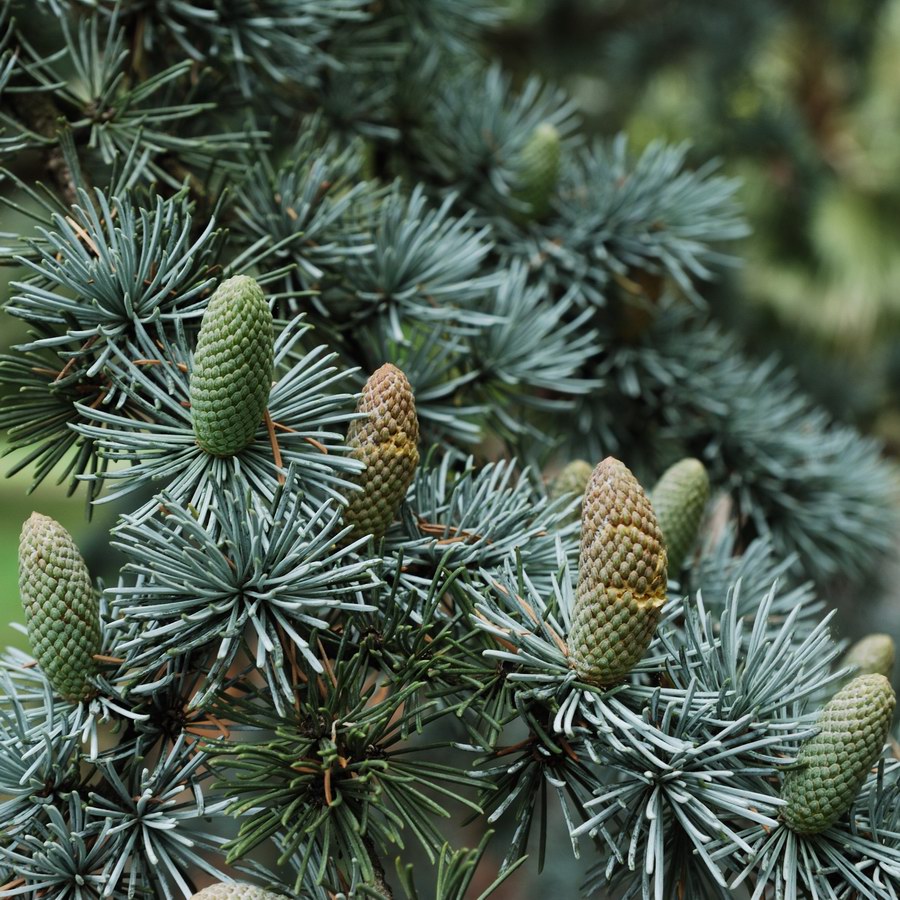 |
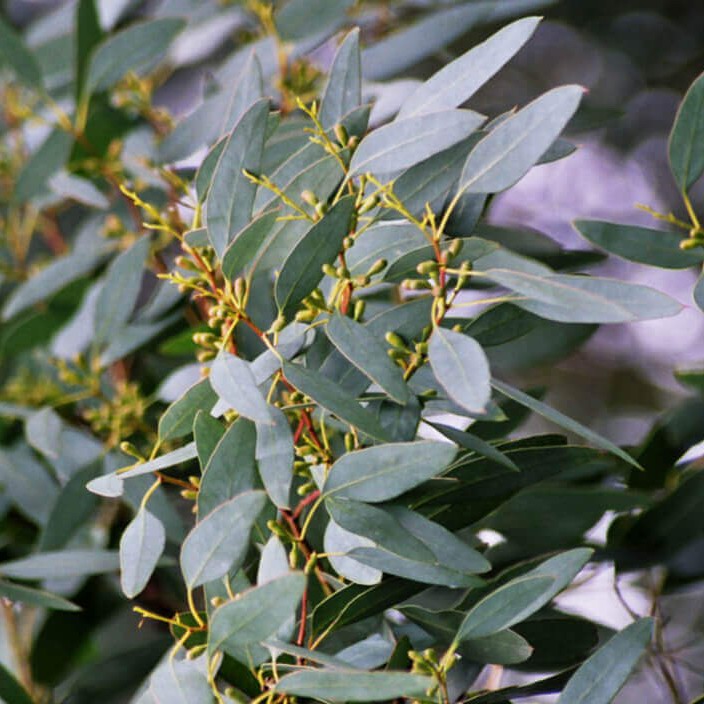 |
| "Blue Spruce Light" is the colour of the leaves of a few trees. | Like all natural things Blue Spruce has two or 3 tones, corresponding to good light, partial shade and full shade. This is the colour of the foliage in good light. | The leaves of the Cider Gum", Eucalyptus gunnii, can be the bluest of all the gum leaves. The tree is endemic to central Tasmania and is popular in Britain and Western Europe, probably for its distinctive light cyan foliage. |
| Cyan | Robin's Egg | Cobalt Titanate Green |
| HSB 180°, 100%, 100% RGB 0, 255, 255 |
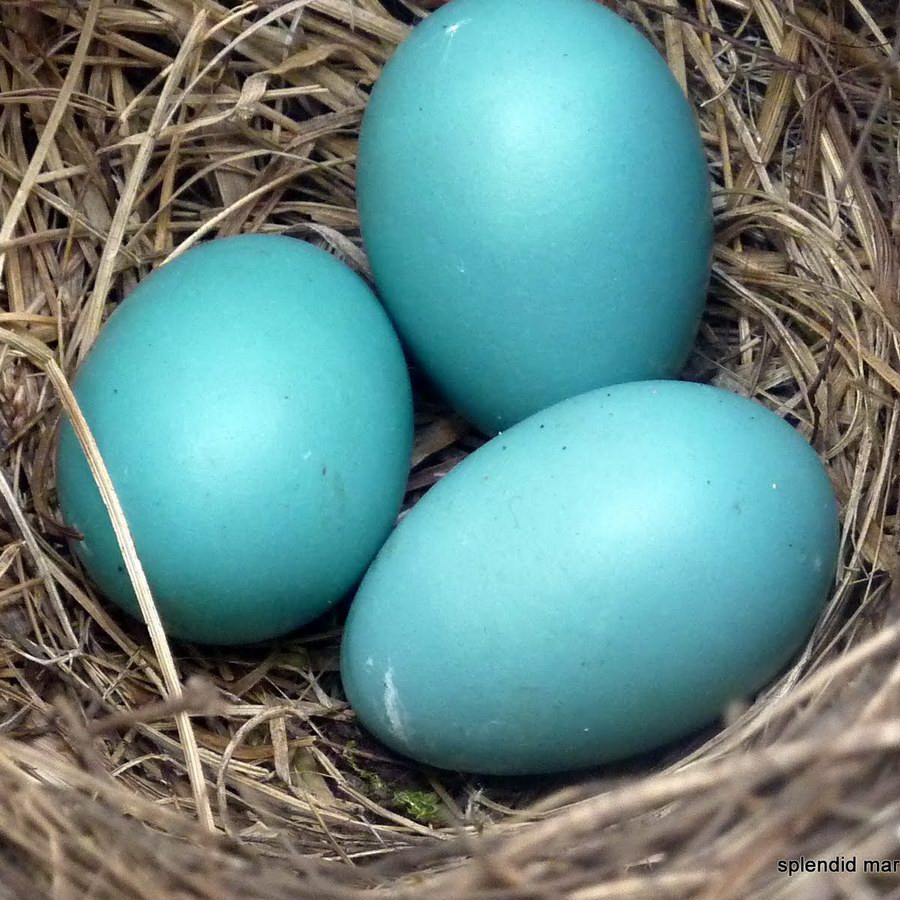 |
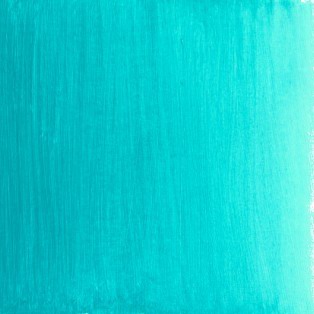 |
| "Cyan" is the colour of Robin's Eggs. | "Robin's Egg" is the colour of the eggs of the American Robin. This is their colour in good but not bright light. They are Cyan. | PG50 is Cobalt Titanate Green Spinel. It comes in various hues and shades and may contain other elements to achieve this. This is a swatch of "Cobalt Turqoise Light" from Atelier's range of acrylic paints. |
| Dark Cyan | Verditer Flycatcher (non-mating male) | Cobalt Teal Green |
| HSB 180°, 100%, 70% RGB 0, 178, 178 |
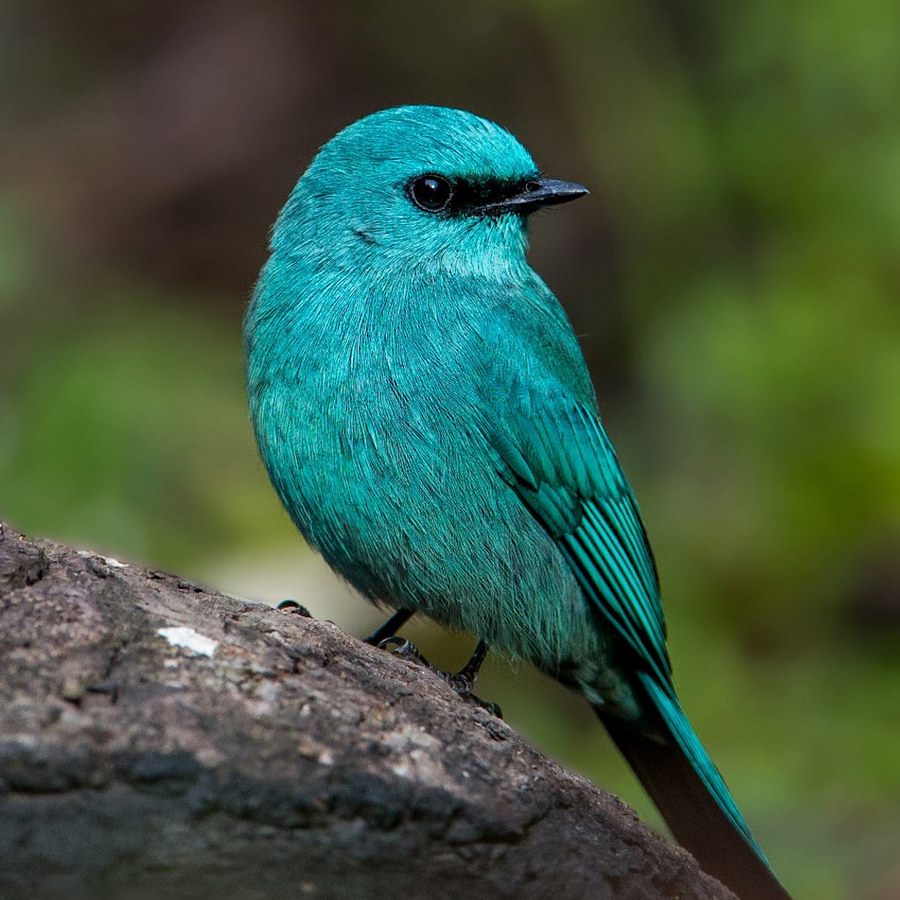 |
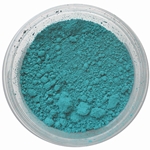 |
| "Dark Cyan" is the colour of ... | The male Verditer Flycatcher is named after Verdigris and has two colours: The non-mating, which is a Dark Cyan and the mating, which is a Light Azure. | PB36 may either "Cobalt Chromite Blue Green Spinel" or "Zinc Cobalt Chrome Aluminum Spinel". They come in a variety of hues and shades depending on modifiers. This is the raw powdered pigment of "Cobalt Teal Green", PB36, available from FineArtStore.com |
| Blue Spruce Dark | Blue Spruce Dark | Extra Green Sea |
| HSB 180°, 100%, 55% RGB 0, 140, 140 |
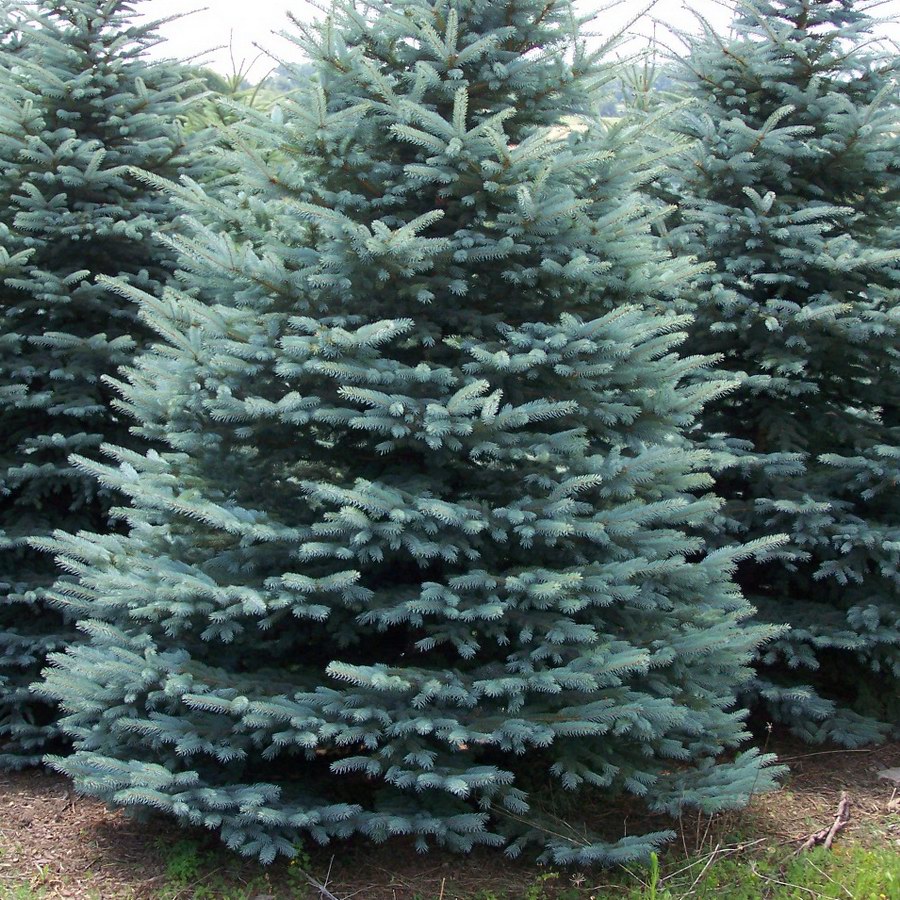 |
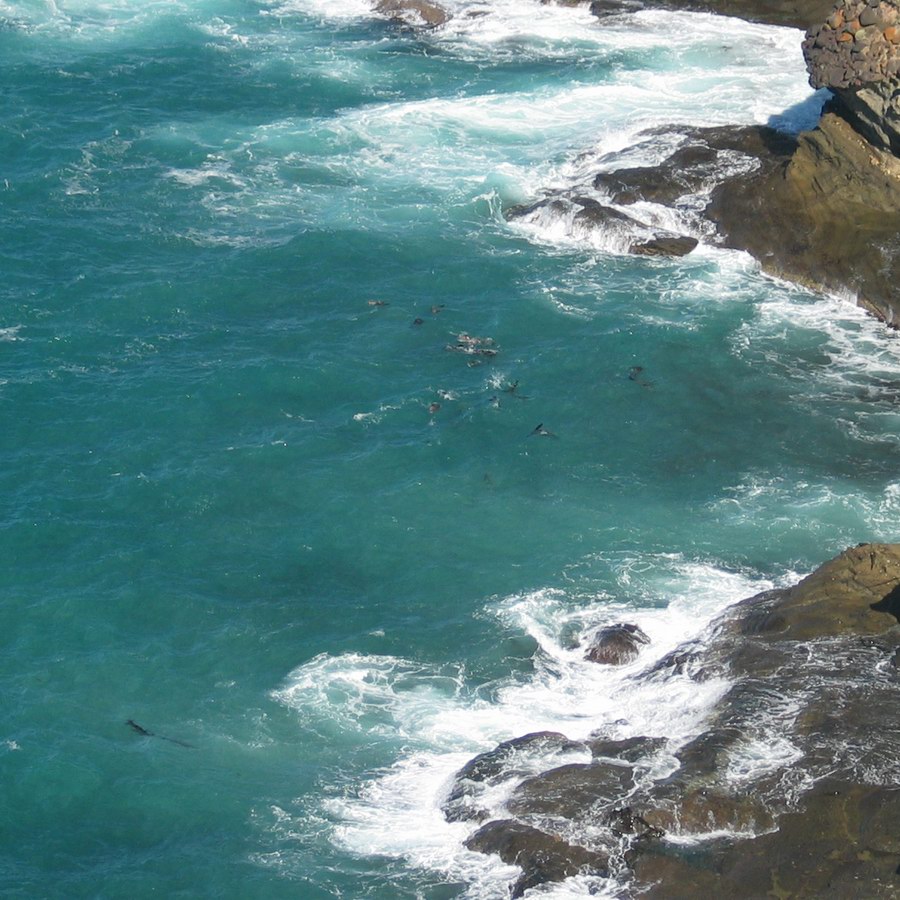 |
| "Blue Spruce Dark" is the colour of dark tones in spruce and the sea when it is extra green. Surgeons' Gowns are also this colour in some hospitals. | Like all natural things Blue Spruce has two or 3 tones, corresponding to good light, partial shade and full shade. This is the colour of the foliage in full shade. | Seas are normally "Sea Green" or "Sea Blue" in hue, however they can at times be even greener and are then termed "Extra Green Sea". This is an example. |
| Pthalo Green | Pthalo Green | Dark Extra Green Sea |
| HSB 180°, 100%, 29% RGB 0, 74, 74 |
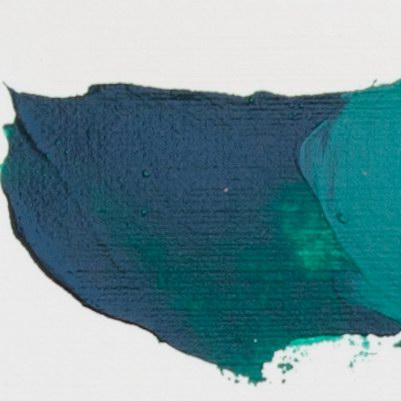 |
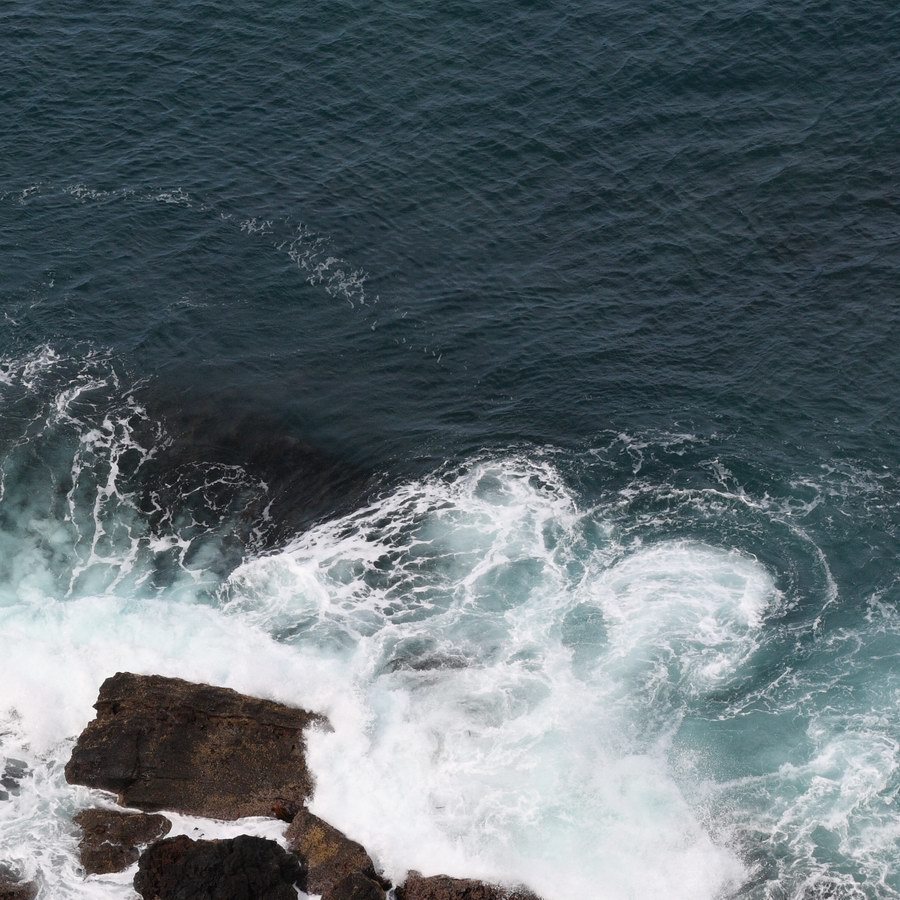 |
| "Pthalo Green" is the colour of extra dark tones in spruce and dark tones in the sea when it is extra green. | "Pthalo Green" is a complex of copper(II) with chlorinated phthalocyanine. It is cheap powerful, lightfast and mixes cleanly. It is the "Cyan" in standard printers ink in CMYK. It is used in many painters' mixed hues of green. In short it is THE green pigment of modern times. Brilliant bright greens can be obtained by mixing it with Arylide Yellow. | Seas are normally "Sea Green" or "Sea Blue" in hue, however they can at times be even greener and are then termed "Extra Green". This is the dark shade of that hue. |